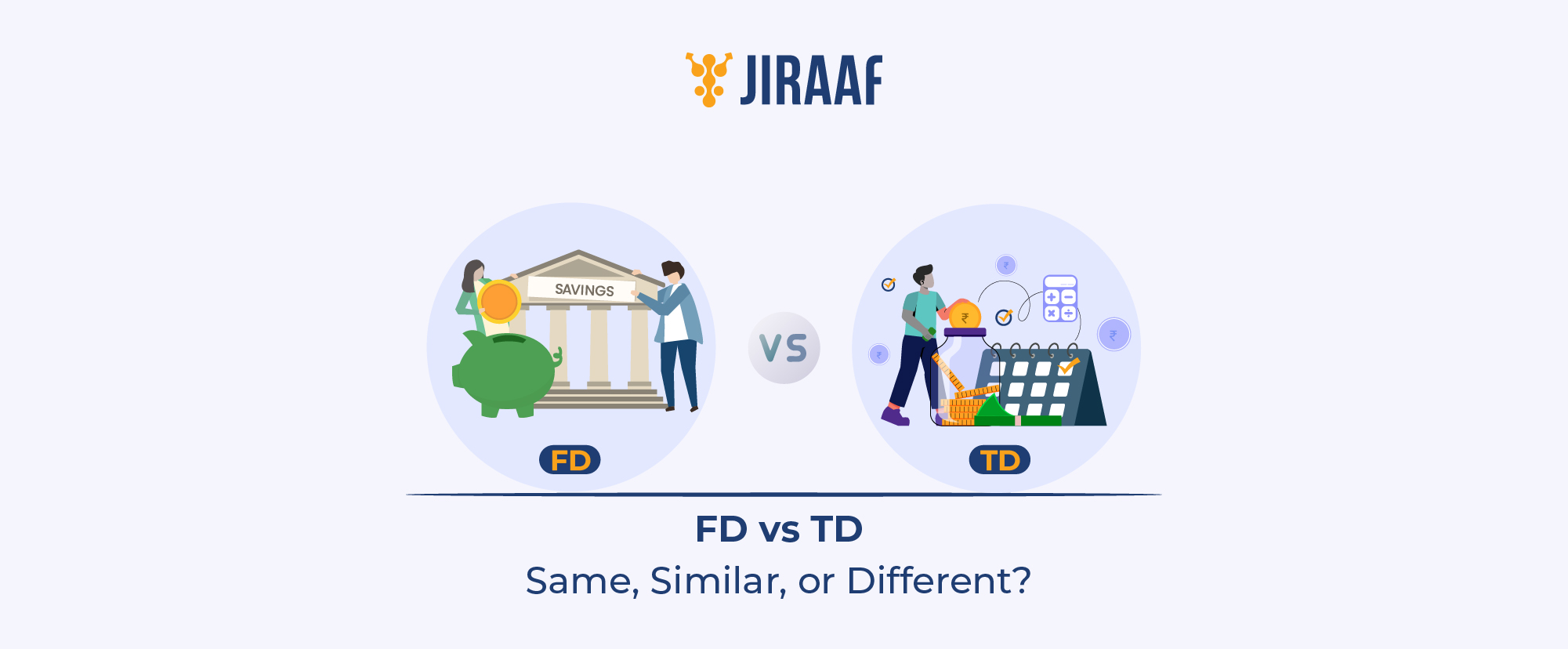Imagine building up your savings over several months before you eventually purchase the car of your dreams. Think about this: would you ever drive that car without insurance, even for short distances? Not likely. Your plans could be derailed by a ding, an accident, or even a stolen part because problems don’t always show up beforehand.
Now swap that car for your investments. Markets twist, inflation bites, policies change overnight. Do you just let those shocks hit you, or do you build a cushion? That cushion (safety layer) in finance is called hedging.
Wearing a helmet, for example, is not because you anticipate falling but rather because you are aware that the road is full of surprises. It is less about paranoia and more about careful preparation. After you grasp the concept, hedging becomes less of a dry financial phrase and more of a tactful tactic that keeps you on course.
After all, what is hedging and why is it important for all investors?
What is Hedging?
Hedging, as used in the financial industry, is the process of reducing or offsetting investment risk by taking an opposing or counterbalancing position in linked securities or derivatives. The goal of this methodical approach to risk management is to increase the value of one asset to offset declines in the value of another. Modern definitions emphasize that hedging uses financial instruments or strategies, such as derivatives or diversification, to minimize potential losses rather than guarantee profits or eliminate risk.
Don’t misunderstand hedging as a method of profit maximization; instead, it’s a method of safeguarding capital and stabilizing returns during times of high market uncertainty. In the financial industry, it’s not a speculation, but a protection against uncertainties. Hedging is not guaranteed to eliminate all losses. It may reduce risk exposure and smooth portfolio volatility, but can also reduce potential gains due to costs and limits.
We will examine the importance of hedging. It is significant not only as a technical instrument but also for safeguarding future cash flows, protecting wealth, and developing long-term confidence.
Why is Hedging Important in Finance?
Hedging isn’t a modern invention; instead, it has been around for centuries. Farmers were among the first to use it, signing contracts to sell their crops in advance at fixed prices. They were able to prevent potential unfavorable circumstances or a drop in prices from ruining their revenue. The same concept still applies to finance today: hedging cushions market volatility and helps investors and companies protect their gains.
Let’s bring this to life. Let’s say you invested ₹1 lakh in stocks, and now you have ₹1.2 lakh. A worldwide recession or a hike in RBI rates could cause stocks to drop precipitously. You could lose ₹24,000 without insurance if your portfolio falls below ₹96,000.
However, hedging allows you to lock in the right to sell at ₹1.1 lakh, for example, by purchasing a put option for just ₹2,000. Your maximum loss is restricted to that ₹2,000 premium, protecting you from a far larger blow even in the event of a market decline. The maximum loss is limited only if the option is correctly sized to cover your position; costs may vary based on contract and market conditions.
The power of hedging lies in its ability to protect your wealth by mitigating potential losses.
In brief, hedging is beneficial because it
- Reduces Risk: Prevents losses brought on by global shocks, market volatility, or policy changes.
- Locks in Gains: Even if the market declines, you can still safeguard your winnings thanks to this feature.
- Rises Confidence: Encourages longer-term, more responsible investing without constant worry.
- Offers Flexibility: It provides instruments such as options, futures, and diversification to meet a range of demands.
At its core, hedging is about safeguarding the assets you have worked so hard to accumulate, not about seeking out greater rewards. Although they typically focus on risk management, some hedging techniques can also generate a small amount of additional revenue.
Types of Hedging Strategies
The next obvious question is, “What did we do in that earlier example by buying a put option?”. Investors safeguard themselves against uncertainty in various ways, including this one. There is no one-size-fits-all method of hedging; instead, several variations are appropriate for different types of risk.
Let’s walk through the most common ones:
1. Forward Contracts
Consider these to be private contracts that commit two parties to the purchase or sale of an item at a predetermined price at a later date. To prevent unexpected market crashes, farmers were among the first to employ them by settling on a price for their harvest in advance. Forward contracts are typically non-standardized and traded over the counter, making them less liquid and potentially riskier than exchange-traded futures. Companies now use forwards as a hedge against changes in currencies, commodities, or interest rates.
2. Options (Put & Call)
This is what we saw in our earlier example. An option is a contract that gives you the right, not obligation, to buy (call) or sell (put) an asset at a fixed price. Investors use put options to guard against falling markets (like purchasing insurance for your portfolio) and call options to lock in prices when they expect costs to rise. In India, common hedging using options includes protective puts and covered calls.
3. Futures
Because futures are standardized and traded on exchanges, they are more liquid and transparent than forward contracts. Airlines frequently participate into futures contracts to ensure pricing months in advance and protect themselves against growing fuel costs in order to keep their expenses from increasing. In India and around the world, futures are particularly popular for commodity hedging.
4. Currency Hedging
Businesses that trade overseas may see a decline in revenue due to fluctuations in foreign exchange rates. Importers and exporters widely use forwards and options to control their exposure to the dollar, euro, or yen. For instance, an Indian IT company that bills clients in USD can lock in an exchange rate to protect its profits from appreciation of the rupee. Currency hedging can also use swaps and futures, especially for corporates.
5. Swaps
Swaps involve exchanging cash flows or liabilities between two parties, often interest rate swaps or currency swaps. For example, a company with a variable-rate loan might swap it for a fixed-rate one to reduce uncertainty in interest payments.
6. Diversification
Spreading your investments across several asset classes can sometimes be a more effective hedge than using derivatives alone. Gold or bonds could lessen the impact if markets decline. Diversification lowers the impact of a single market shock, but it does not ensure profitability. Diversification is a general risk management tool; for market-specific hedging, derivatives are typically required.
In the financial industry, these kinds of hedging techniques serve as the foundation for risk management. Although each has advantages and disadvantages, they all aim to safeguard your capital from unforeseen market fluctuations.
Advantages and Disadvantages of Hedging
Now that we’ve seen what hedging is and how it works, let’s examine why investors and businesses utilize it.
Here are some key advantages of hedging:
- Risk protection: Safeguards assets from being negatively impacted by changes in the price of stocks, commodities, or currencies.
- Stability in Returns: Assists in reducing volatility, providing businesses and investors with more predictable results.
- Locks in Profits: Gains can be locked in with options and forwards even before the asset is sold.
- Increases Confidence: Investors can enter the market without worrying about abrupt declines all the time.
- Beneficial for Businesses: By establishing future costs or currency rates, corporations (such as exporters or airlines) can better manage their revenues and spending.
- Portfolio balance: Provides protection while permitting exposure to possible market expansion.
Undoubtedly, hedging has trade-offs just like any other safety net. It has limitations, and being aware of these is as crucial as being aware of its advantages.
Here are some disadvantages to keep in mind:
- Cost of hedging: Hedging entails expenses (such as option premiums), which lower net returns, much like insurance premiums do.
- Complexity: It can be difficult for novice investors to properly understand sophisticated instruments like swaps or futures.
- Not full proof: Hedging lowers risk but does not totally remove it, hence it is not infallible. Losses can still result from unforeseen circumstances.
- Opportunity loss: Hedging can limit possible earnings if markets move favorably (e.g., selling gains too early).
- Concerns about liquidity: Certain contracts, like as forwards, are private and may be difficult to terminate prior to their maturity.
- Needs experience: Ineffective hedges have the potential to increase losses rather than decrease them.
As we have seen the pros and cons of hedging, let’s look at one of the famous examples to see hedging in action.
Real-life Example of Hedging in Financial Markets
Warren Buffett is often regarded as the world’s most prominent investor and is well-known for his value investing approach. However, a lot of people don’t know that he has also employed innovative hedging strategies to protect his investments and create opportunities.
Consider 1993. Buffett’s business, Berkshire Hathaway, owned a large, roughly $10 billion interest in Coca-Cola. He employed a tactic known as selling put options to protect his position and position himself to purchase additional shares at a lower price in the event that the market declined.
In April 1993, Coca-Cola shares traded around $40. Buffett sold 5 million put options at a $35 strike, earning $1.5 premium per option. If shares fell below $35, he’d buy at an effective cost of $33.5, otherwise he’d earn $7.5M from premiums—shares stayed above $35, so the puts expired, and Buffett kept the premium.
Here’s how it worked: Buffett agreed that if Coca-Cola’s stock fell below $35, he would buy more shares at that price. In return, he collected a premium of about $1.5 million for each contract—money he got upfront. If the stock stayed above $35, he kept the premium as profit. If it fell, he would still buy Coca-Cola at a discount, which aligned perfectly with his long-term belief in owning great businesses.
This protected his assets, so it was more than just theory. Buffett used comparable index put options even in later crises, such the 2008 financial crisis, to reduce downside risk while staying true to his long-term investing philosophy. Buffett’s Berkshire made substantial profits (more than $4.9 billion on S&P 500 puts) in 2008 by selling long-dated put options on indices, despite the fact that these bets entail high risk and substantial cash.
For Indian investors, consider this analogy: it’s akin to selling put options on a company like Reliance Industries. You earn income from premiums today, and if the stock dips, you end up buying it at an attractive price—a win-win if you believe in the company’s future.
How to Choose the Right Hedging Strategy
The kind of risks to which your organization or portfolio is exposed determines the best hedging approach. Whether it’s interest rate swings, currency changes, or price volatility, each instrument has a distinct function. Instead of employing a one-size-fits-all strategy, the aim is to match the hedge with your financial goals.
For example, forwards and futures, which are frequently employed in commodity or fuel costs, work well when you want pricing certainty. Because they allow you to protect against losses while yet profiting if markets move in your favor, options give you greater flexibility. In the meanwhile, currency hedges are essential for businesses that trade in different currencies because they shield them from fluctuations in foreign exchange rates. Investment portfolios can also use index options for broad market protection; diversification helps for systemic risk but does not isolate specific exposures.
Diversification is a tried-and-true method of lowering risk by spreading investments over different assets, geographical areas, or industry sectors. Swaps, on the other hand, are made for businesses that manage interest or debt payments. Depending on their amount of exposure and risk tolerance, investors can alter the range of tools produced by these strategies.
Conclusion
In fundamental terms, hedging can seem simple, but these are intricate financial products that call for knowledge of markets and a great deal of experience. Every trading technique, including forwards, options, futures, and swaps, has unique risks, expenses, and complexities. Retail investors should be aware that derivatives trading involves substantial risk and require margin, regulatory understanding, and sometimes expert advice. Sometimes a badly constructed hedge might cause more harm than good, eliminating possible rewards rather than preserving them.
Hedging should therefore be seen as a systematic approach to risk management rather than a band-aid solution. The optimal course of action should always be determined by your financial goals, risk tolerance, and the specific exposures you’re trying to control. Despite the temptation to adopt a “know-it-all” attitude, it is wiser to work with a financial advisor who can tailor strategies to achieve your objectives.









